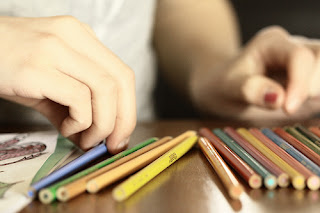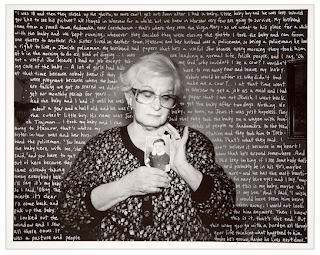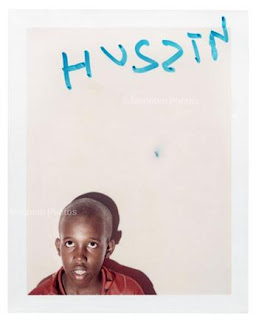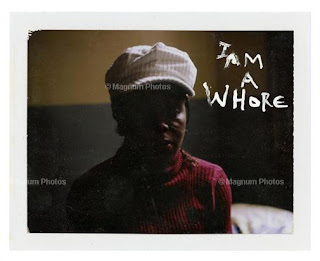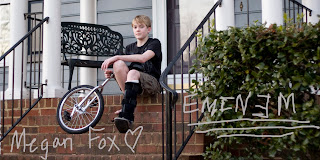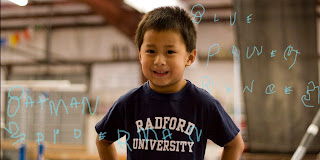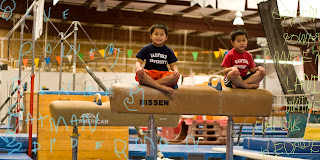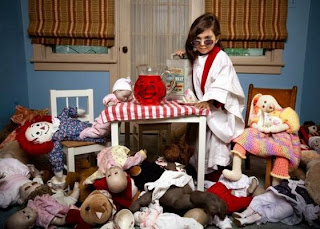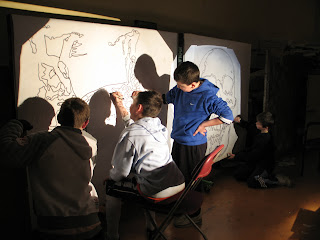Artist Lecture: Painting and Printmaking Department
Wednesday, February 23, 2011
Christopher Ho
Questions:
Do you consider yourself more of a performance artist or a painter? Most of your work is either strictly painting or strictly performance. Do you think there is ever an overlap?
How were the reactions to “Happy Birthday from Ed?” How did the real “Ed,” the gallery owner feel about it? What was the point and did the reactions validate the work?
Artist Lecture Response:
Quotes from the lecture:
"I think it's always fair to ask of anything- what are it's internal qualities. But more- we should ask ourselves, do they push forward the limitations of the field."
"Is it possible as a medium to satisfy the demands of being advanced contemporary art?"
"These paintings could help us redefine the critical art we have defined over the past forty years."
"We, as artists, pursue a critical success, not a commercial success."
Three words:
Performance, Unconventional, Sophisticated
I thought the most interesting piece of work Christopher presented us with was his "Happy Birthday" piece. This piece was all about the different roles people play in the art world. It featured sections of the exhibition about the collector, the dealer, the artist, and the critic. The first section, "Happy Birthday from Ed," is based on the dealer of Ho's gallery in New York named Ed and features a 1:1 ratio sculpture of the naked dealer himself in an empty room. The section section represents the collector and is portrayed by a red dot placed strategically throughout the gallery referencing the red dot on the checklist when a piece is sold. The third section of the exhibition was called "Happy Birthday from Jen" who was a fellow artist. This part about the artist dealt with the value of calling something "art" and believing in it so much that you convince other people to put value in it. The final part of the exhibition id about the critic and is called "Happy Birthday from Nuit," one of the New York art critics. This section places value on the critic by having him write a short passage claiming value in the gallery.
The answer to my first question was answered when Christopher Ho discussed the way he worked and I believe he just considers himself an artist and a curator and does a lot of site specific work, but I don't think he falls into a specific category. My second question was discussed heavily and has been addressed above in my explanation of the Happy Birthday exhibition.






















